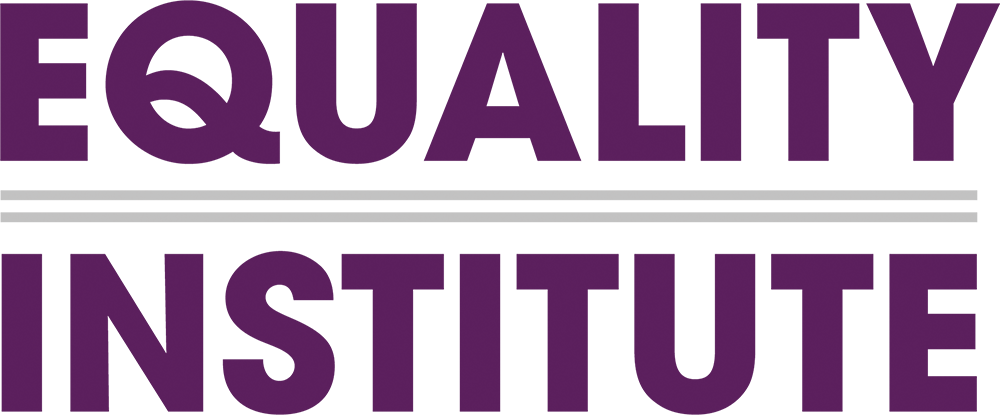5 Things / Commonalities
I’m back from vacation where I became a cliche and fell off my electric scooter. No, I wasn't wearing a helmet. Yes, I'd totally do it again. Our vacation was a tour of major west coast cities, by train, with stops to explore each. My son and I had a great time…despite the trip to urgent care.
On the train, we were in a sleeper car and ate our meals in the dining car, randomly assigned strangers to dine with. Over the course of a meal, there were opportunities for conversation and connection. That always starts with kind curiosity. During those meals, I practiced the ARC (Ask-Respect-Connect) Method® over and over again as we chatted with retirees, veterans, and newlyweds. Those meals were an exercise in identifying commonalities. Politics were never discussed, and travel is a great conversation starter.
Vacation, and its multitude of interactions with dozens of strangers, family, and old friends, was a great reminder for me that there are opportunities to connect everywhere we look. You can practice connection-building right now, today. It creates win-wins, for you and the other person. Use kind curiosity. Follow the ARC.
This Week's Good Vibes:
Wages Up, Bills Still Due
Starting July 1, more than 880,000 workers in Alaska, Oregon, and Washington, D.C., plus dozens of cities from Chicago to San Francisco, saw minimum wage increases, some topping $19/hour. Nearly 60% of those benefiting are women, and nearly half work full-time, according to the Economic Policy Institute. Note that the federal $7.25 rate has been unchanged for 15 years. Stagnant wages disproportionately harm women, people of color, and service industry employees, reinforcing systemic inequities. Even small, inflation-linked bumps help protect low-income workers from slipping further behind. ♐ Review your organization’s pay structures annually to ensure wages meet or exceed local living wage standards, not just legal minimums.
Coffee, Prescriptions, Groceries… and Access
Starbucks’ disability-inclusive store design is going mainstream. Walmart, CVS, Sam’s Club, Otis Elevator, and others have joined The Access Coalition with the American Association of People with Disabilities to roll out Starbucks’ Inclusive Spaces Framework nationwide. The framework includes optimized acoustics, power-operated doors, barrier-free pathways, and accessible equipment for employees. Starbucks launched it last year at a flagship Washington, D.C. store, committing to all future builds and renovations. Coalition members will now pilot the model in their own locations, aiming to set a retail-wide standard. People with disabilities—over 25% of U.S. adults—face daily barriers that limit access, choice, and employment. ♐ Retail spaces that embed accessibility into their DNA not only welcome more customers but also expand job opportunities, particularly for marginalized communities often shut out by design flaws.
K-Pop, But Make It Sign
Big Ocean, a K-pop boy band whose members are deaf or hard of hearing, is blending Korean Sign Language, American Sign Language, and International Sign into their performances. They’ve toured multiple continents, earned nearly 1 million Instagram followers, and landed on Forbes’ 30 Under 30 list. Big Ocean is dismantling the persistent myth that Deaf people can’t create or enjoy music, while showing that accessibility can deepen artistic connection. Fans are learning sign languages through their music, shifting public perception of Deaf culture worldwide. ♐Integrate the languages and cultures of underrepresented communities into your work with their leadership, not just as aesthetic add-ons.
Runway Rich in Culture and Cash
At New York Fashion Week, three Black-owned, HBCU alumni-led fashion brands — Undra Celeste New York, The Brand Label, and Chelsea Grays — made their debut with the help of UPS’s Big Motion program. Each received $150,000 in grants, plus the coveted NYFW runway slot, to showcase work that blended impeccable tailoring with cultural storytelling. This matters because it’s a direct investment in the creative economy for Black designers, historically underrepresented in luxury fashion and often excluded from high-profile industry platforms. By pairing financial capital with visibility, UPS and NYFW are strengthening a pipeline from HBCUs to global markets. ♐ Pair funding with access to build long-term equity.
Women Call the Shots in Baseball
Today Jen Pawol will become the first woman to umpire a regular-season MLB game, working the Marlins-Braves games this weekend. Pawol has blazed through milestones — Triple-A crew chief, first woman to umpire the International League championship — in a field where women have rarely even reached the minors.
Meanwhile, at Fenway Park, NESN aired its first all-female Red Sox broadcast. Play-by-play announcer Emma Tiedemann and analyst Alanna Rizzo led the booth with an all-women team on the field, in the studio, and behind the scenes.
These moments matter: they chip away at the gatekeeping that has kept women out of on-field authority and prime-time storytelling, creating new norms for who belongs in baseball’s most visible roles. ♐Audit your industry’s “firsts” then remove the barriers that make them rare in the first place. (h/t to Jane Lee)
Good Vibes to Go:
My good friend Julie Kratz has a new book! Check out We Want You: An Allyship Guide for People with Power, where I also happen to be quoted and share a story or two. Let’s make this book a bestseller!
